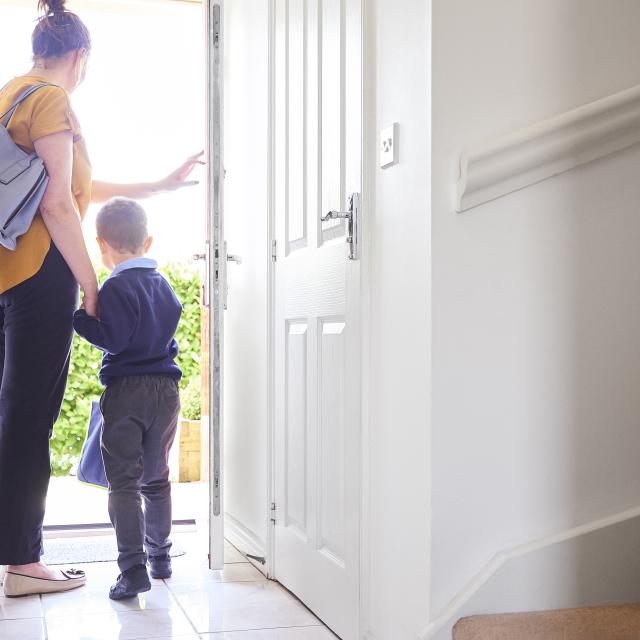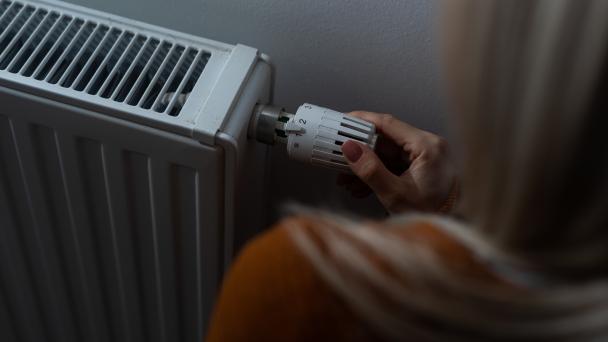BSA 40: Secular or cyclical? 40 years of tracking public opinion


Significant shifts to women’s participation in the labour market have taken place in the 40 years since the British Social Attitudes (BSA) survey began, with mothers’ participation the highest it has ever been and with a slight majority of working mothers now working full time. In addition, policy developments mean that the provision of childcare, and to a lesser extent parental leave, is more likely to facilitate female labour market participation than has been the case in the past. Given these changes, this chapter examines how attitudes and behaviour in relation to men’s and women’s roles at work and at home have changed over the past four decades.
Support for a traditional division of working and caring roles has declined markedly since 1983, while support for women’s participation in the labour force has increased.
People are more likely to support arrangements for caring for preschool children which involve both parents working, compared with a decade ago.
While attitudes increasingly support the sharing of household chores, women continue to do more domestic labour than men.








Receive a regular update, sent directly to your inbox, with a summary of our current events, research, blogs and comment.
Subscribe